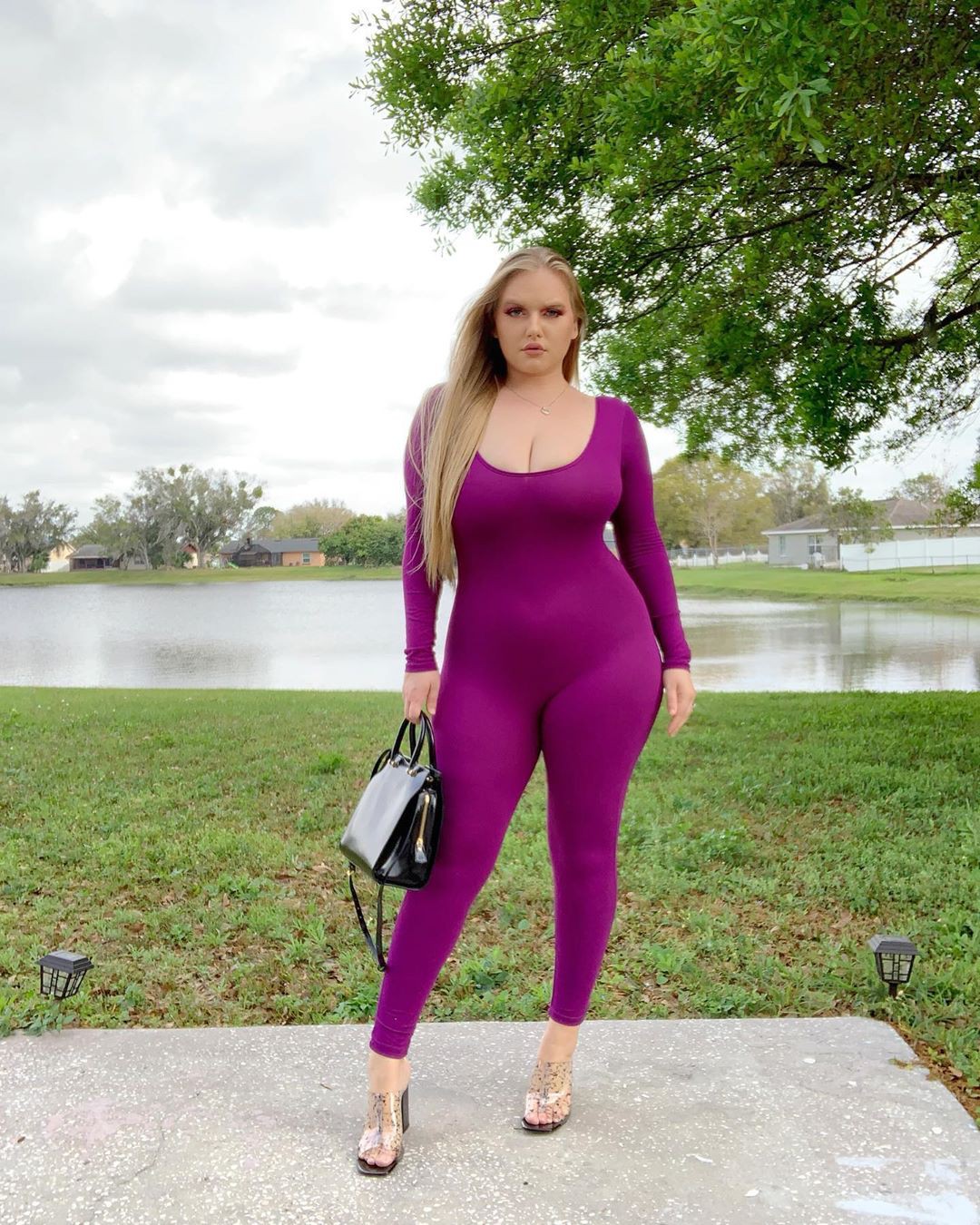

Jack Black, Jonah Hill, Seth Rogan, John Goodman are all highly successful actors who show there’s a place in Hollywood for big men. This is acknowledged in the many talented actors who are often typecast in comedies. Softness and curves are thought about as feminine qualities and when embodied by men they have a transgressive edge.

He is also a kind of accidental gender-bender. The fat man: the emotional, needy, noncompetitive, sensual, big guy, is outside of capitalist value, he is hard to sell. The “plus size” male model is the beginning of undoing this pathetically narrow trope of representation. Whether they rule the family, their public domain of employment, or their body, successful masculinity has been synonymous with control for too long.Ĭelebrity stylist James R. To be popular, men have to be good at a certain kind of control.

They are filled with “defined”, “lean” muscles – long, stringy or bumpy body casings that demonstrate effective micro dosing of nutrients and supplements. Men’s bodies in ads are becoming increasingly unrealistic. Nowadays, male models are considered “plus” if they are 42-inch or above. While the Marlboro Man of the 1950 and 60’s was muscular, he had kind of “normal” strong man muscles. But, in contemporary contexts the embodied aesthetic of power has changed. We can draw on images of landowners and the elite in pre-modern and early modern British history, in which large male stature was linked to social and economic power. and 6 inches tall with a 40-inch waist (this works out to 198 cm of height, and a 107 cm waist). Yet these sportsmen would measure up larger than Miko, who is 6 ft. Rugby players, weightlifters and open weight rowers are valued for their highly functional physiques, but they are unlikely to appear on the cover of Men’s Health. There isn’t a comparable late modern history for men in which larger male physiques are aesthetically valued. Incredibly, Marilyn and Beyoncé would be considered plus-size by the modelling industry. Marilyn Monroe, Jessica Rabbit and Beyoncé are all famously curvy. There is also a popular contemporary aesthetic tradition of the voluptuous female body. Representation and visibility for all sizes of all genders is a necessity that we should be pushing for.Beyonce at the 2015 Metropolitan Museum of Art Costume Institute Gala. But body shaming is an issue that affects all of us, no matter our designated sex. As diversity in female modeling has become more inclusive, it's become more apparent that the same hasn't been true for our male counterparts. Despite being what some might call a small fat, his body type and weight are very rarely seen in fashion imagery. The truth is that Miko's rise to fame has been a revolution for male fashion. Standing at 6'6" with a 40-inch waist, Miko is a man who actually wears XXL tall T-shirts, so it only makes sense for him and others like him to model them, too. At the time, using a plus size male model to advertise plus size male clothing was practically unheard of. You might recognize the agency's first sign as Zach Miko from the Target advertisements that gained headlines in 2015. The new division will be named "Brawn," and will represent male models who fall under the "big and tall" category of fashion. IMG Models launched a plus size male model department, according to Women's Wear Daily. And finally, men are getting some of the body positive treatment they too deserve. With the increased visibility of the plus size modeling industry this last year, we're arguably living in a time of more diverse representation for women than ever.


 0 kommentar(er)
0 kommentar(er)
